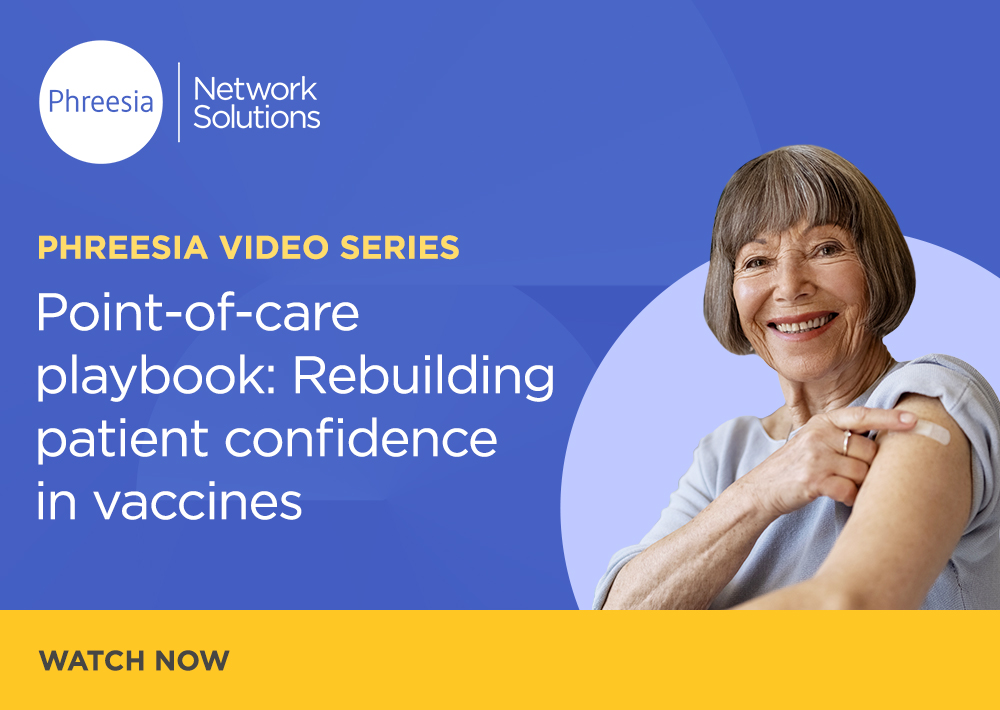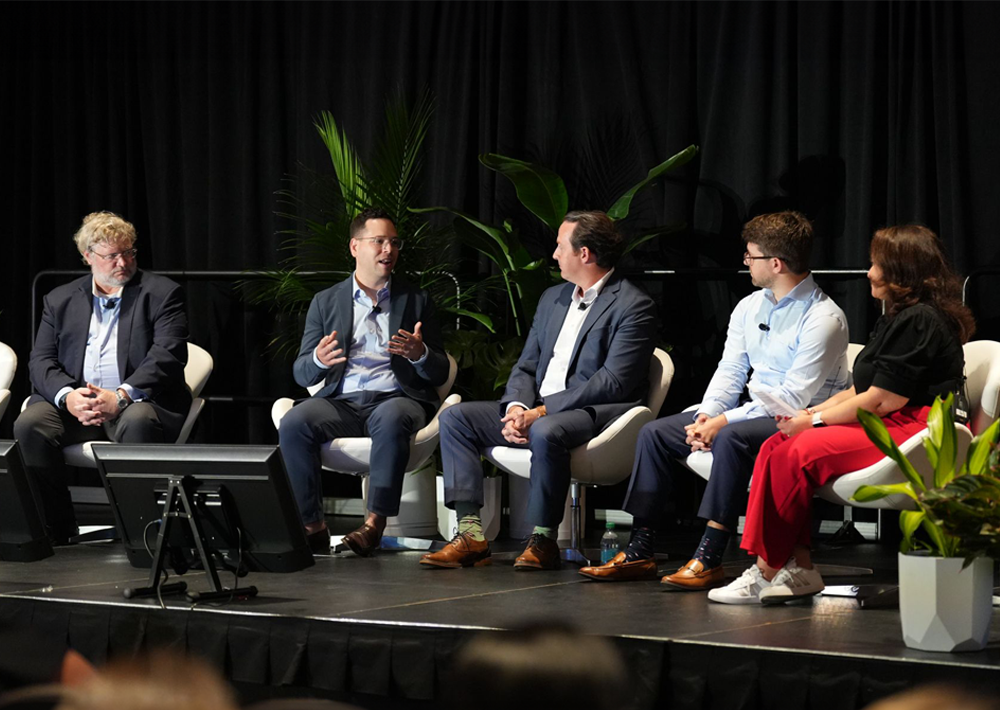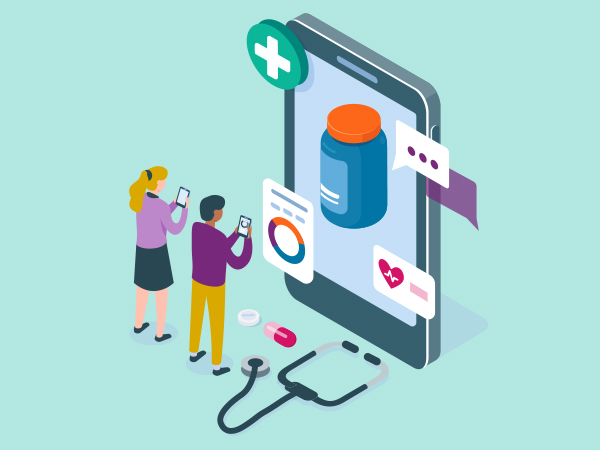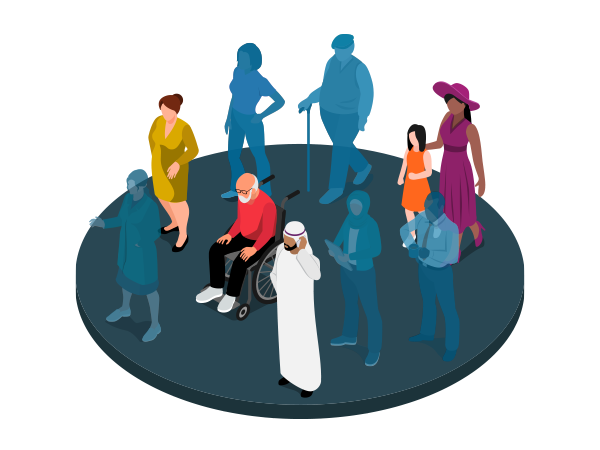
Growing recognition of the barriers to care that historically marginalized patient populations face is motivating industry stakeholders to find ways to deliver tailored content that resonates with these groups and facilitates health education.
Historically marginalized patient populations face a range of barriers to care. Whether cultural or linguistic, economic or geographic, the effects are the same: Inequity in accessing the resources and support they need to play an active role in managing their health. Growing recognition of these barriers and their negative impact is motivating healthcare stakeholders to find ways to deliver tailored content that resonates with these populations and facilitates health education.
Recently, Thea Briggs, Director of Strategy for Phreesia, and Egbavwe Pela, SVP of Media Strategy at CMI Media Group, joined the MM+M Podcast to discuss strategies for reaching and activating patients in historically marginalized groups to improve health equity. Here, we look at four takeaways from that conversation.
1. Listen to patient communities
Briggs said two common mistakes exist among healthcare communicators, even with the best intentions: They assume they know what communities need; and they describe health problems differently than the communities the communications are intended to reach. Projects that start from a point of ignorance of the community’s perspective, even if well-researched from an academic or clinical perspective, can cause researchers and communicators to fail to ask key questions of their intended audience which, in turn, make the communications less effective. Those difficulties can be avoided by consulting and listening to those who are part of the community you’re trying to reach early and often.
“A lot of these communities, whether it’s a low-resource community or a community that has faced a stigma or a host of other things, have been working around problems and may have assets that we aren’t thinking about,” Briggs said.
Taking time to understand the lives of people with a particular health condition also can reveal important details—such as the comorbidities that concern those individuals the most, or symptoms and practical challenges that have the largest negative impact on their quality of life—and ensure that campaigns are authentic and easier for audiences to believe and incorporate into their decision-making, she explained.
Pela further emphasized the need to be a year-round part of the communities you’re trying to understand and support, as well as the risk of performative community engagement. “Really join the conversation, be in the conversation—and not just once a year, or one week out of the year,” he advised. “It becomes offensive [if you only show up during an awareness month], and there’s no way to bring trust if you’re not really there living life with them and being part of that community.”
2. Incorporate the voice of the intended audience
Having the right people in the room—including members of a communication’s intended audience—when decisions are made helps avoid approaching a particular group as a monolith, Pela explained. Those community co-creators will flag missteps and ensure that teams are “truly creating imagery and messaging that resonates,” he said.
Qualitative research can also help illuminate how different communities talk about and understand their conditions, medications and needs. That level of personal insight can bring a lot of color to a campaign, Briggs said, but there are limits to what it can reveal. Teams achieve the best results by combining qualitative and quantitative research.
“There’s a lot of variation within a population,” Briggs said. “Making sure that you’re at least not excluding or offending people who you intend to be recipients of a message is a good place to start, and research can be very valuable for that.”
3. Find the right medium for the message
But the content of a message is only one piece of the patient-activation puzzle; how it’s delivered is also critical. Messages must be communicated through the right medium, depending on the intended audience and project goals.
Briggs explained that various media, such as video, audio and print, have different processing methods, some of which are more accessible than others to populations like those with hearing loss, those who are neurodivergent, or those who speak a different language. In order to be complete and accurate, some campaigns need to describe medical topics that are hard for many patients to understand. But sometimes it’s impossible to simplify that type of language and retain its meaning.
Switching to a different medium can help address that challenge. “Communicating [information] in a different way, like having it in a video where you can overlay text and audio and imagery at the same time, can help reach more folks because people learn differently,” Briggs explained.
4. Communicate messages via trusted channels
Healthcare communications also can fail to have the desired impact if they’re not delivered in the right context.
Pela pointed to access issues and waste as key problems created by selecting the wrong channels for a given message. “A broad programmatic buy [will] overwhelmingly be reaching the majority audience,” he said. “Those broad buys under-index in every minority group. Making sure that we’re using partners and publishers that over-index in the group that we’re looking for is going to be key to making sure that the content that we’ve worked so hard to create is actually reaching the group that it’s intended to reach.”
Working with diverse suppliers and partners is key to this strategy. Although these partners can reach a broad audience, generally speaking, they also have a unique ability to ensure they’re reaching diverse audiences in a unique way.
Another misstep is placing content in a context that the intended population may see but does not trust. “One thing that’s really important to consider is thinking about that halo effect of where you are placing materials for these communities,” Briggs said. “You sometimes have to think a little bit outside the box. Sometimes it’s faith leaders who are giving health guidance, sometimes it’s in barber shops, sometimes it’s at school, and sometimes digital channels are the best way to do it.”
For each community, there are a range of potential spaces and channels that may be effective. Making thoughtful choices and putting materials in trusted contexts is critical to success. “Even the best creative placed in a context they don’t trust—there’s going to be some tension there,” Briggs said.
Learn how Phreesia can help you reach and activate diverse patient groups by delivering tailored health content that addresses their unique needs.











